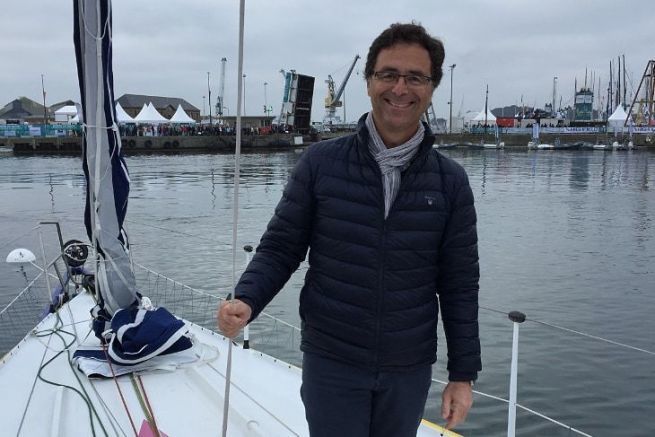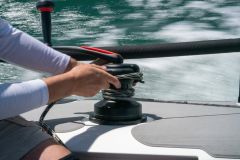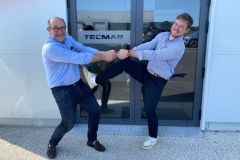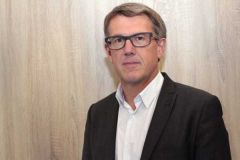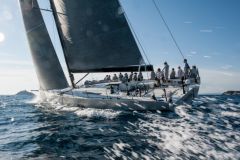At the head of the Wichard group since 2006, Jean-Claude Ibos, answers BoatIndustry's questions on the recent developments of the equipment manufacturer and the evolution of the sector.
You have just reorganized the Wichard Group's organizational chart. Can you explain the reasons for this?
The Wichard Group was formed over time by acquiring a number of companies. We have of course optimized a certain number of things in terms of cost and organization, but we were not functioning enough as a group. That is why we have defined the core functions on which we can find consistency. The aim is to maximize synergies and avoid the risk of malfunctions. This also allows employees to identify the referents for each subject, with Vincent Marsaudon as Director of Composite Activities, Nicolas Courant, Director of Industry Marketing, Eric Baratange, in charge of the Group's industrial performance, Romain Poirier as CFO, Dominique Yon and Erwan Godart, Sales Directors, and Eric Butreau, Nautical Marketing Director. Fabrice Didden is the General Manager.
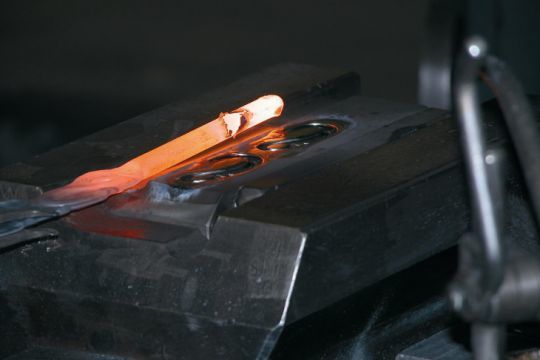
What are the possible synergies?
We are industrialists above all. We are organized around our production sites, with very strong know-how, but there are also sales, marketing and other cross-functional possibilities. The sales department no longer thinks in terms of brands, but in terms of markets: original equipment, aftermarket, carbon, etc. We operate by product line. The brand is strong, but the group needs to be more visible behind it and be sure that anyone who buys a mast from Sparcraft knows that we can also supply him with a reel.
In development, we can allocate resources to products according to the availability of our engineers. Facnor can develop for Sparcraft and Wichard for Facnor. The important thing is to respect the positioning of the brands.
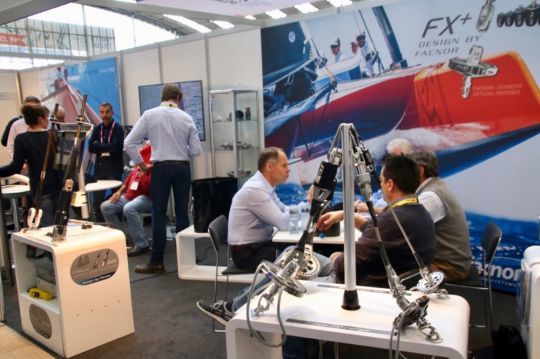
How would you define the positioning of the group?
The Wichard Group sells performance and safety. That's why it has grown. These are essential elements. Moreover, we are industrial and French. So we can't win with low prices, which is why it's important to look for added value. This is the link between our companies, whether for our large aluminum masts, or Lorima in ocean racing, Wichard with the know-how of the forge, Courant in the pruning ropes. We have no right to make mistakes. We know that safety is priceless, but moreover, it has become a societal value for a long time.
What is the composite cluster and what are the possible future developments?
It includes carbon with Lorima, but also plastics. In particular, we have Maillard, in Saint-Malo, which does the plastic injection of our parts. We have considered composite as a sector in its own right, because the market is evolving rapidly. It works a little differently, more as a project than as an off-the-shelf product.
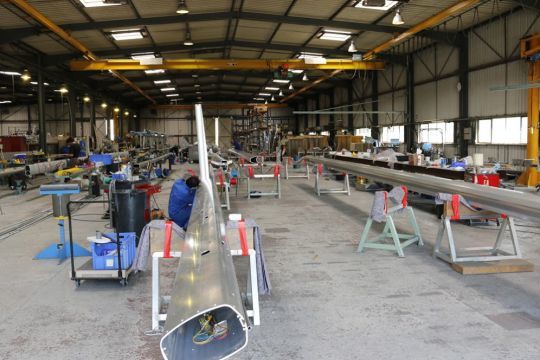
Like the rest of the industry, we are thinking about biocomposites to find a way to make composites more sustainable. We are also looking into carbon recycling. The cluster is currently working on a major project, the future sailing ships with the Saint-Nazaire shipyards.
How do you imagine the evolution of the fittings industry, and in particular the place of textiles?
Textile products are more and more popular but need to be inspected or repaired or replaced as it is the case on ocean racing boats. This is not the case in yachting. So I think that there will be metal on board for a long time to come. Nevertheless, we must be attentive to developments, and this is one of the interests for the group to have our Courant rope factory.
More broadly, the major evolution is the recording of data, such as the characteristics of the rigs. Having data means information for the skipper in terms of safety, adjustments and maintenance. We have started to work on connected rigging, with a first product in association with Cyclops.

